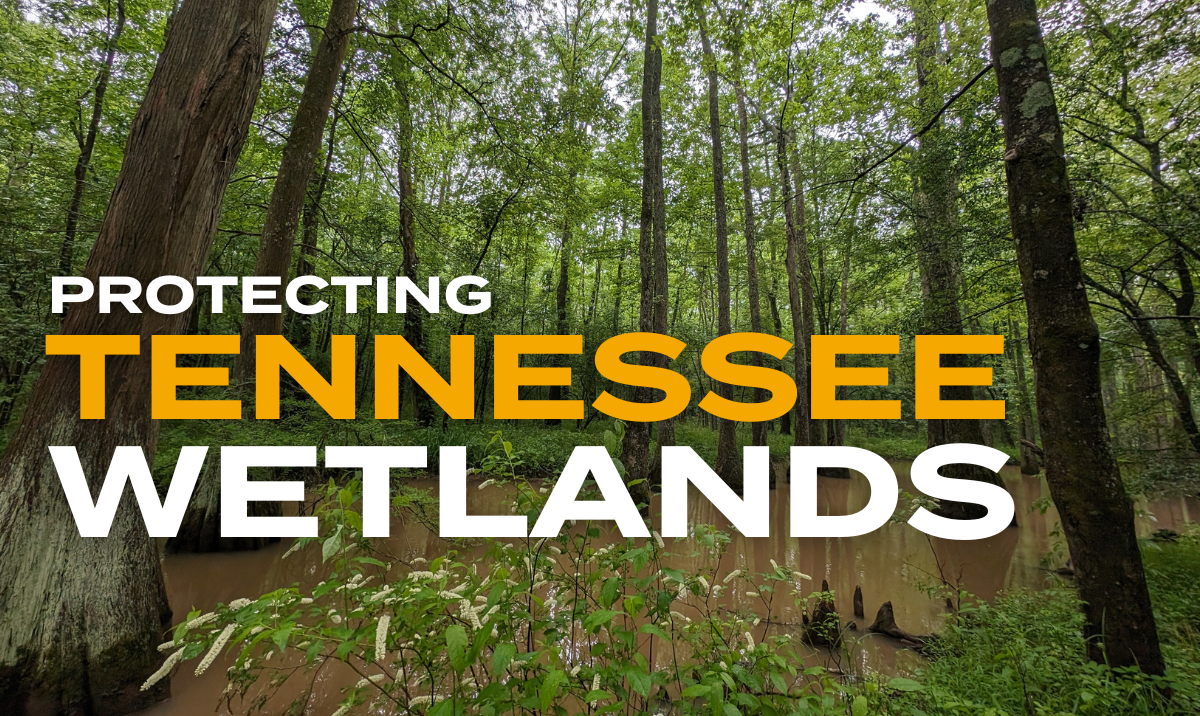Through a fruitful partnership, Wolf River Conservancy and TennGreen Land Conservancy have protected two additional critical areas: Lagrange Point and Pleasant Farm. Both are direct connections to the Wolf River and critical to the recharging of the Memphis Sand Aquifer—the grand feature West Tennesseans rely on for their drinking water:
“Partnership projects, like these latest with WRC, help the conservation movement do more—faster—by pooling resources, connections, and expertise, all while ensuring every dollar goes even further. I am beyond proud of and grateful for TennGreen’s partnerships throughout Tennessee.”
– Alice Hudson Pell, Executive Director, TennGreen
Lagrange Point was made possible through the concern and cooperation of the adjacent neighborhood’s developer, who worked directly with Wolf River Conservancy and TennGreen to protect these 121 acres. The developer could have expanded onto these floodplains and wetlands, but followed through on the conscious, critical effort not to.
As a result, a large swath of Shaws Creek, a major Wolf River tributary, is protected by Lagrange Point. The entirety of this property is in the 100-year floodplain, consists predominantly of wetlands, and is within the aquifer recharge zone for the Memphis Sand Aquifer, that sole drinking water source for Memphis and surrounding communities.
Here, bottomland hardwood forests dominate the landscape alongside pockets of sunny herbaceous wetlands that are invaluable to pollinator species.
Lagrange Point & Pleasant Farm Protect Critical Tennessee Wetlands
The second project, Pleasant Farm, adds 118 acres to over 1,800 acres of land protection within the Wolf River Wildlife Management Area (WMA), which saw generous funding by the Heritage Conservation Trust Fund and the North American Wetlands Conservation Act (NAWCA).
Like Lagrange Point, it ranks in the top 1% of critical areas in need of conservation by Wolf River Conservancy. It is also within the Memphis aquifer’s recharge zone, and falls within the critical areas TennGreen strives to protect.
Here, high concentrations of woody wetlands—dominated by bald cypress and water tupelo trees—filter floodwaters while recharging the Memphis Sand Aquifer.
Waterfowl also flock to this property with areas to wade, dabble, and thrive alongside abundant reptiles and amphibians—including the alligator snapping turtle, a proposed federally threatened species.
“It is vitally important to protect spaces like this, not only for wildlife and creek and surface water quality, but for the drinking water in the aquifer below. What I really want to see is the continuing expansion of protection out from the Wolf River. Suburban development from East Memphis and Collierville, etc., is coming this way. So, we need to make sure that there is a solid buffer of aquifer recharge wetlands that is completely protected.”
– Ryan Hall, Director of Land Conservation, WRC
The alternative—as the latest data shows—is a West Tennessee void of clean water. Yet as these latest projects show, there is hope. Hope for our drinking water, our critical wildlife, and our priceless recreation.
For more information on these wetlands projects, be sure to watch the full video by clicking here.
And thank you, again, from all of us at TennGreen, for your allyship and passion. We couldn’t do any of this without you.
Jon D. B.
Director of Communications

